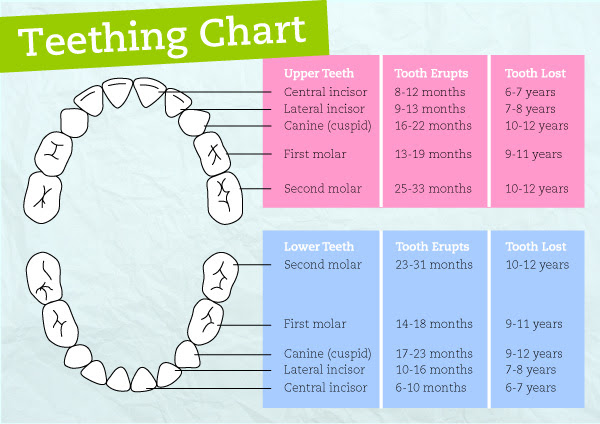Baby and Toddlers Dental Health Part 3
Baby And Toddler’s Health Part 1
Baby And Toddler’s Health Part 2
This post is a continuation to part 2 of this article …
Teething Time
When will my babies first teeth appear?
Teething usually starts between 4 and 7 months. Every child is different and may develop earlier or later. There is no need to be alarmed if your child’s teeth are a little early or a little late.
How to sooth your teething tot
- Massage the gums with your finger (Make sure you wash your hands before).
- Hold a cool spoon to the sensitive area.
- Let your child chew on a cold washcloth, under supervision
- Chill pacifiers in the fridge before use.
- Give your child a teething ring or a toy to bite on, make sure it is big enough that it can’t be swallowed or choked on.
- Give your child rusks or chilled crisp vegetables (e.g. Celery) to suck. These act as natures teething rings.
Teething no no’s
- Do not use liquid filled teethers, as they may leak or break.
- Do not freeze teething rings, as they can get too hard and actually hurt the gums.
- Never tie a teething object around your baby’s neck.
- Do not use amber teething necklaces. Advocates of amber teething necklaces claim that the stones release a pain-relieving substance that is absorbed into the bloodstream through the skin but closer scrutiny reveals no scientific evidence to back up those assertions. They can cause strangulation and are a choking hazard if the necklace breaks and the beads come off. This is a great risk, especially during unsupervised time like sleeping.
- Do not use teething gels or teething tablets, as their ingredients may be potentially harmful and have serious side effects.
- Only use teething biscuits and cold foods when your child is developmentally ready, e.g.; sitting up in a high chair and able to self-feed and never without parental observation.
Teething Chart

Next Post – Baby And Toddler’s Health – Part 4
Image attribtuion – bubhub.com.au
